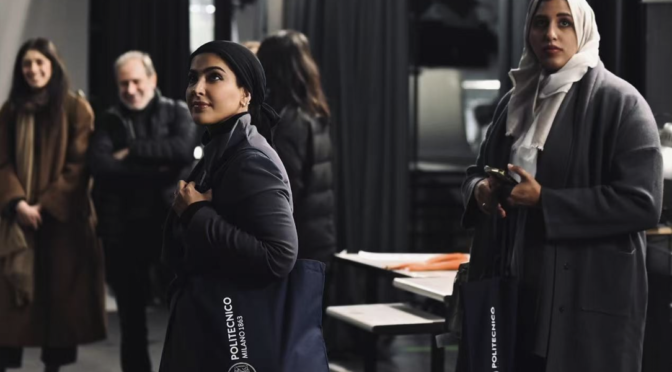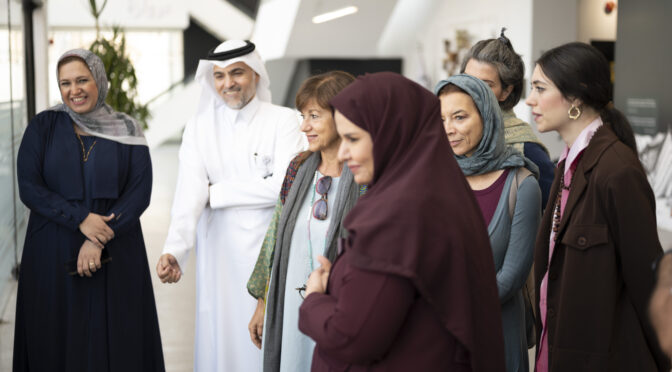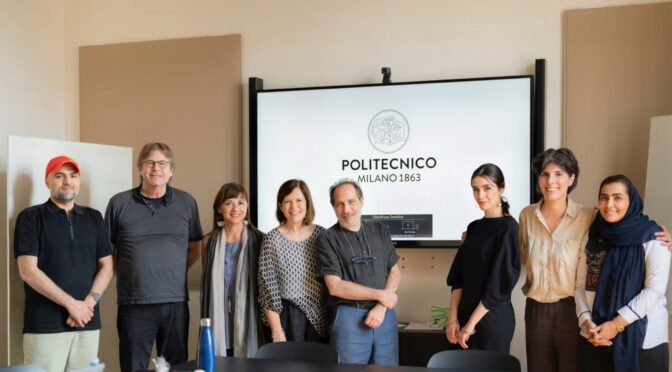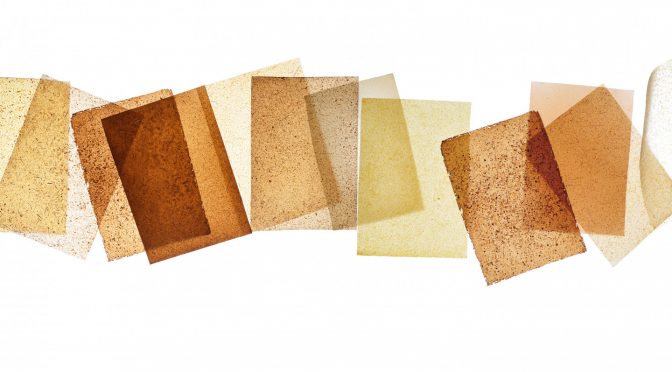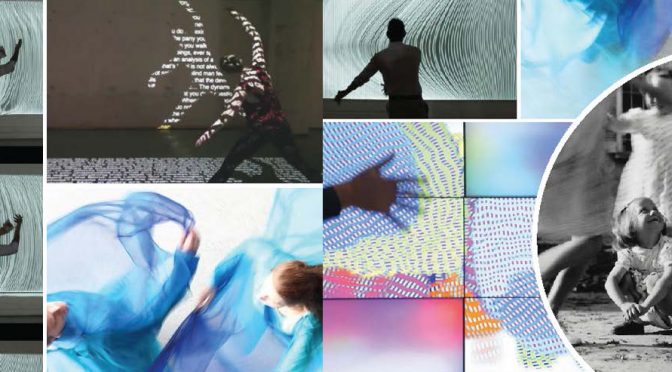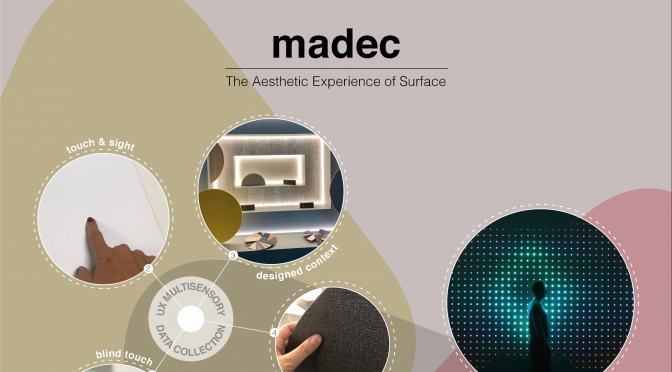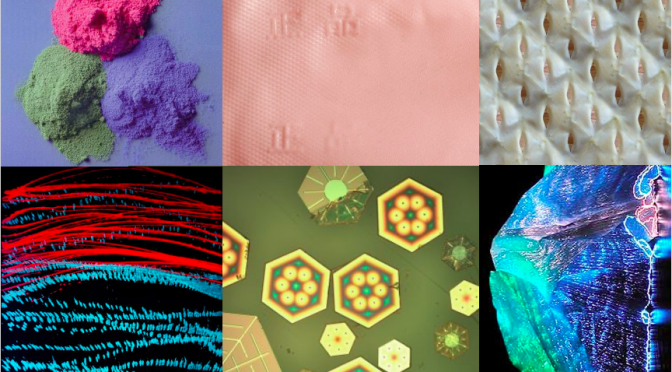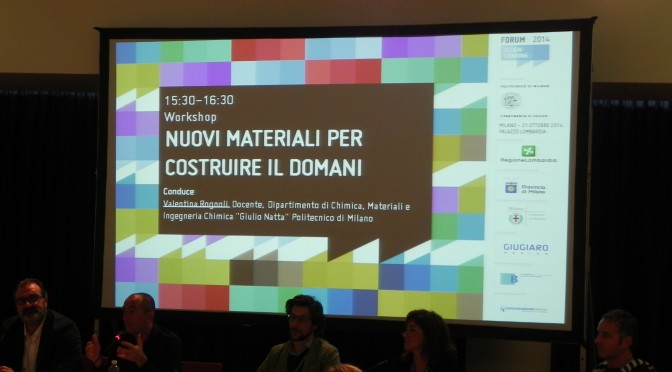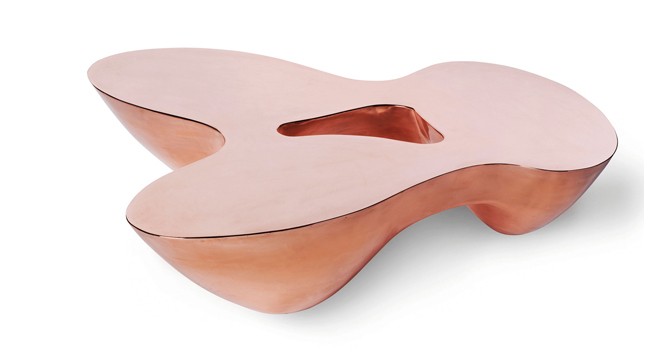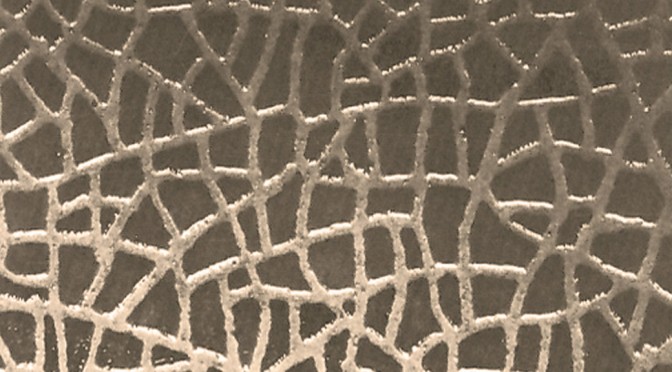From January 13th to 17th, 2025, Dr. Reema Aldossari and Dr. Nadiah Alhumaid from the Royal Institute of Traditional Arts of KSA (WRTH) visited Politecnico di Milano for the second Teaching Transfer activity as part of the Higher Diploma in Traditional Product Development project. This visit built upon the foundation of the first transfer, offering an even richer and more immersive experience designed to deepen WRTH’s understanding of Politecnico’s design-driven methodologies and innovative teaching practices.
Continue reading WRTH Team’s Second Teaching Transfer at Politecnico di Milano
